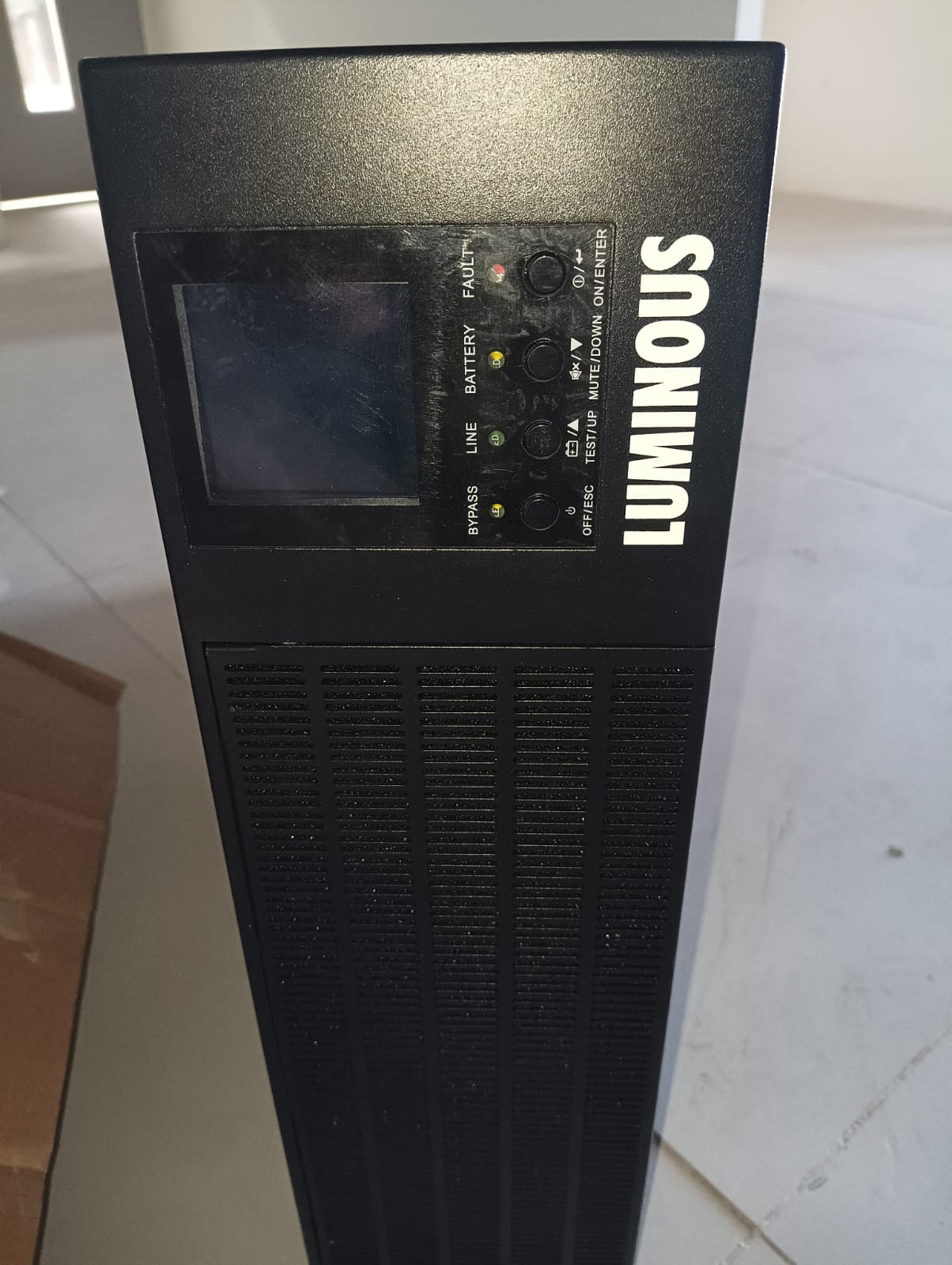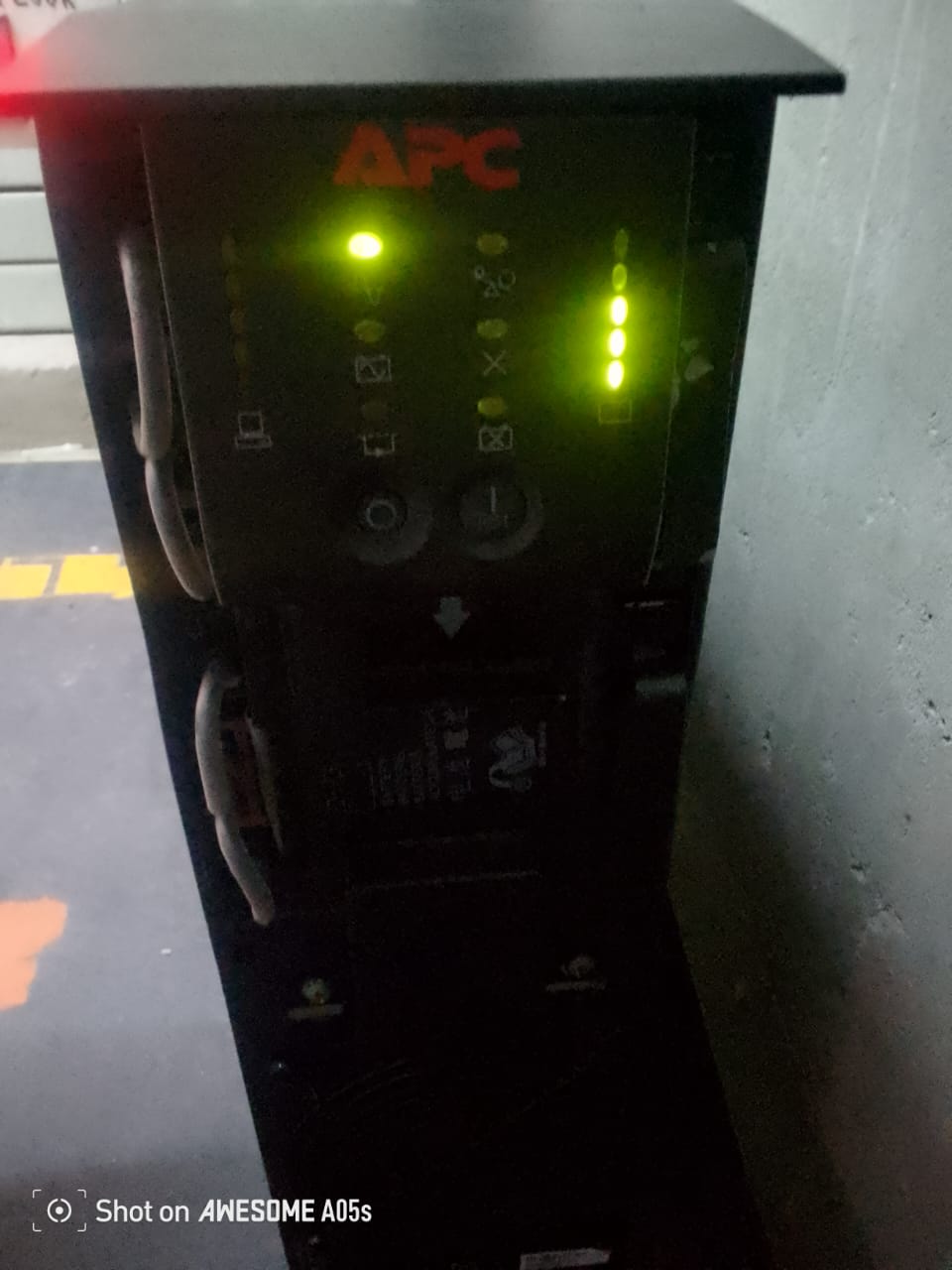Repairing and charging Amaron batteries (or any lead-acid battery) requires caution and adherence to safety procedures. Here’s a comprehensive guide on how to repair and charge Amaron batteries: Safety Precautions Personal Protective Equipment (PPE): Always wear safety goggles and gloves. Ventilation: Work in a well-ventilated area to avoid inhaling harmful gases. Avoid Short Circuits: Be careful with tools and connections to prevent sparks or short circuits. Tools and Equipment Needed Multimeter (for checking voltage and condition) Battery charger compatible with lead-acid batteries Battery terminal cleaner or wire brush Distilled water (if applicable, for batteries that can be serviced) Insulation tape Safety equipment (gloves, goggles) Steps to Repair and Charge Amaron Batteries 1. Inspect the Battery Check for physical damage, such as cracks or leaks. Inspect terminals for corrosion. Clean terminals with a wire brush if necessary. 2. Test the Battery Use a multimeter to check the voltage. A fully charged 12V battery should read around 12.6 to 12.8 volts. If the voltage is significantly lower (e.g., below 12 volts), the battery may need charging or could be damaged. 3. Charging the Battery Select the Right Charger: Use a smart charger or a lead-acid battery charger that matches the battery’s specifications. Connect the Charger: Connect the positive (+) terminal of the charger to the positive terminal of the battery. Connect the negative (-) terminal of the charger to the negative terminal of the battery. Set the Charger: Choose the appropriate charging mode (usually a slow charge is best for lead-acid batteries). Monitor Charging: Charging time will vary; typically, it can take several hours to overnight. Monitor the charging process. 4. Check Battery Condition After Charging Once fully charged, use the multimeter to measure the voltage again. Perform a load test (if available) to ensure the battery can hold a charge under load. 5. Repairing Cells (if applicable) For Serviceable Batteries: If the battery has removable caps: Check the electrolyte level; add distilled water if needed. Ensure the specific gravity of the electrolyte is within the acceptable range (use a hydrometer). Re-seal the Caps: Make sure all caps are securely in place after checking. 6. Final Inspection and Reinstallation Ensure all connections are clean and secure. Reinstall the battery in the vehicle, connecting the positive terminal first, followed by the negative terminal. Use insulation tape to secure any exposed connections. Additional Tips Avoid Overcharging: Overcharging can damage the battery and reduce its lifespan. Always use a charger with an automatic shut-off feature. Regular Maintenance: Periodically check battery health, clean terminals, and keep the battery charged to prolong its life. Replacement: If the battery fails to hold a charge after multiple attempts, consider replacing it. Conclusion Repairing and charging Amaron batteries can extend their life if done correctly. Always prioritize safety and follow proper procedures to ensure efficient operation. If you're uncertain about any step, consult a professional or refer to the manufacturer's guidelines.
Send Message







